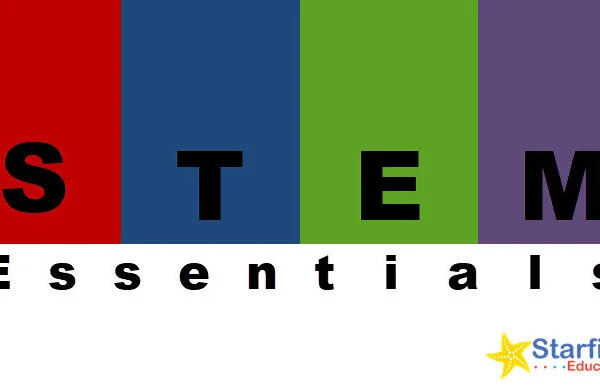
In this series, we’re learning how to plan a proper STEM unit.
If you’ve been following along, you’ll note that there are many moving parts! So far, we have discussed how to develop a plan, craft different types of assessments, create a rubric, use the Engineering Design Process to plan the remaining lessons, and how to communicate results.
The last two steps that we’ll talk about is Redesigning and Debriefing. These are separate steps focusing on different goals, but because they share some common elements and they both NEED to take place at the end of the unit, we’ll talk about them together.
Redesigning
After students have communicated their results and shared them with the class, it’s important for students to have time to redesign. This doesn’t need to be a whole unit within itself, but they should at least have an hour or so to work on improvements to their design. This allows for a couple of things. It allows:
- Students to process what other teams have shared and leverage that new information into the redesign of their own product.
- Any team that was unsuccessful to implement a workable solution based on new information shared (and thus generate some success)
- Students a chance to take some risks that they wouldn’t have taken prior to presenting the project to the class. They can push the envelope without any ramifications. (This is where some GREAT learning can take place.)
And as a side benefit, giving students the opportunity to redesign their products shows the importance of collaboration and communication amongst the different teams (and also usually sparks more creativity!)
Debriefing
Debriefing shares some of these same elements, but it is not the same. Debriefing takes place at the end of the project and allows the teacher to pull everyone together to talk turkey. This is an opportunity for students to:
- Share any new information that they have learned and discuss how it relates to the project
- Ask clarifying questions that may help them further their learning or connect the dots
- Discuss possible next steps or extensions of the project
This is an opportunity for teachers to:
- Review key findings and objectives for the project
- Clarify any misunderstandings that still may exist
- Further tie the learning to real-life (I like to talk about STEM careers that would contribute to a project like the one just completed)
As an aside, the debriefing can provide the teacher with key information such as insight on how to make the project better the next time and informal assessment based on discussion.
Get the STEM Essentials Bundle Pack to help plan your STEM Units!
Subscribe to Stay Connected!
-
Mental Math STEM Games- Spinner Bundle
$16.95 -
STEM Formative Assessments- Bundle Pack
$16.95 -
EPIC Curriculum
$59.95 -
STEM Essentials- Bundle Pack
$16.95









